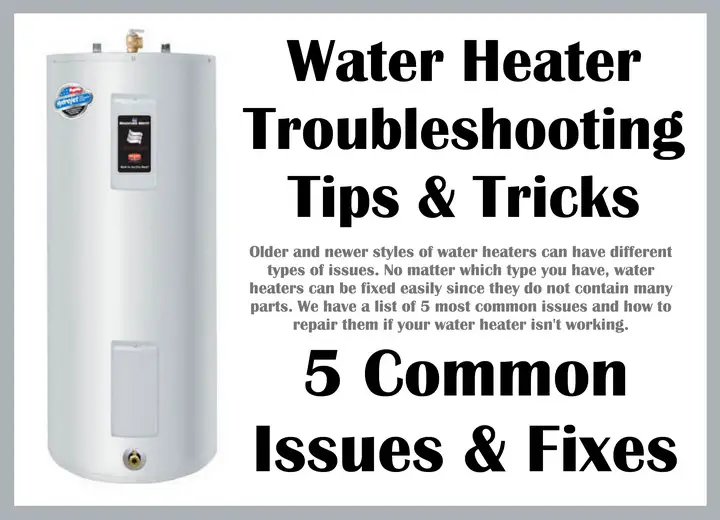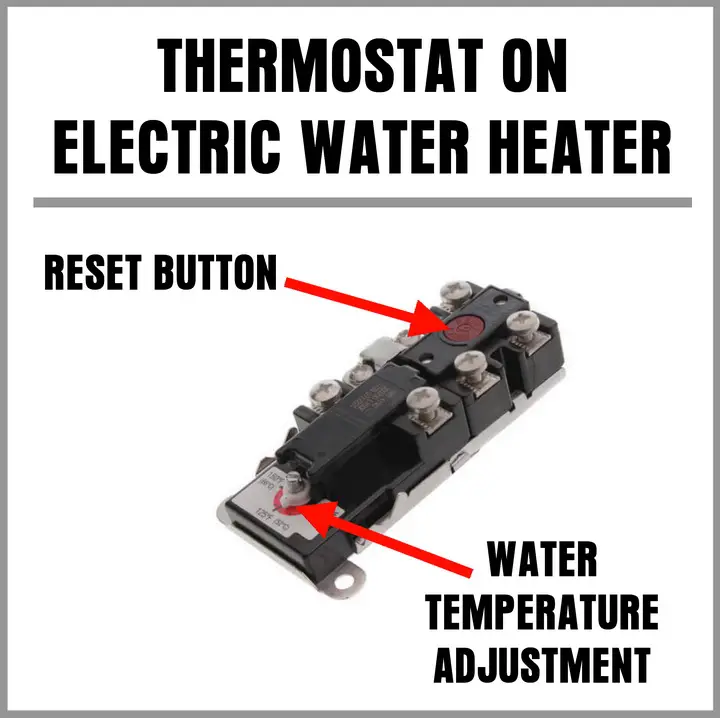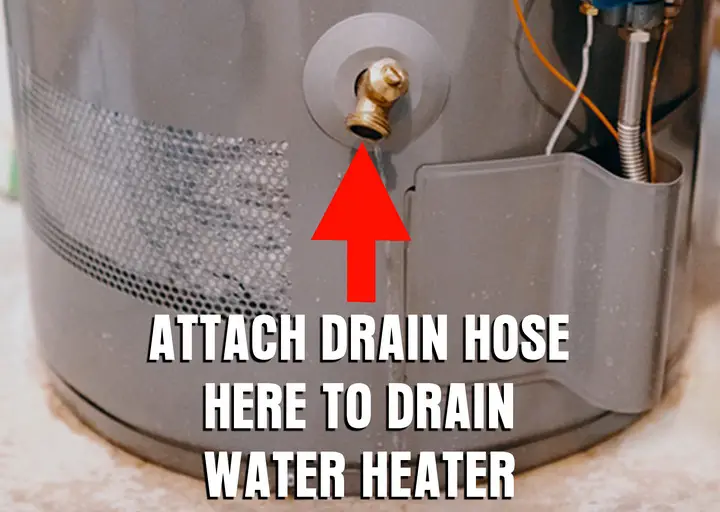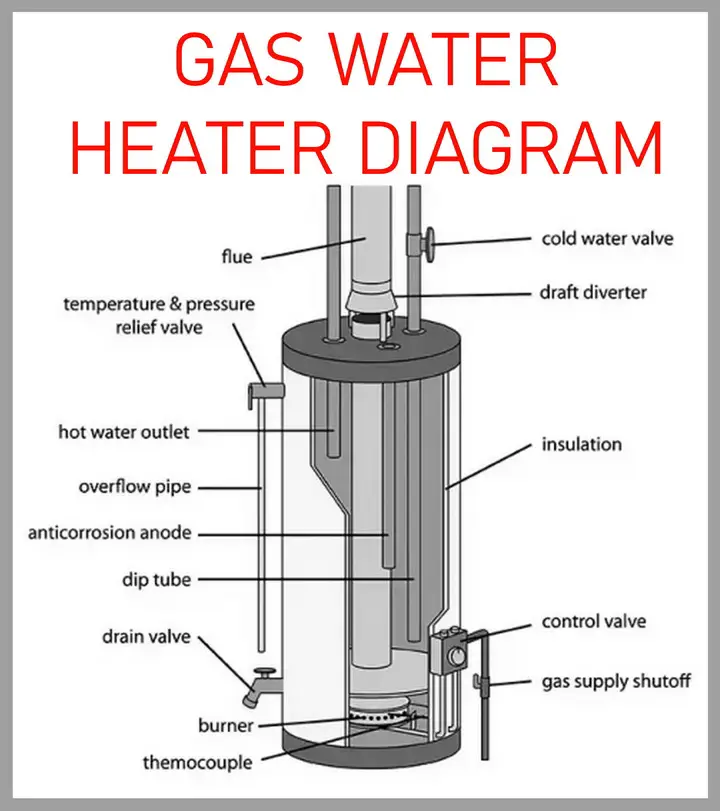A water heater is used to supply hot water for everyday activities like taking hot showers, getting hot water to the dishwasher, and supplying your washing machine with hot water to wash your clothing. Since the electric water heater is consistently used in the household, common issues can occur.
Older and newer styles of water heaters can have different types of issues. No matter which type you have, water heaters can be fixed easily since they do not contain many parts. We have a list of the 5 most common issues and how to repair them if your water heater isn’t working.
 Water Heater Troubleshooting Tips and Tricks
Water Heater Troubleshooting Tips and Tricks
5 Water Heater Troubleshooting Tips
1. No Electricity/Power Circuit Breaker Is Tripped
Did the power go out or did you have an electrical surge? These sorts of problems might interfere with the distribution of electricity and cause breakers to trip. If the electric water heater has a tripped electrical breaker, it is not getting power and no hot water can be produced. Check to make sure the power supply hasn’t been interrupted.
Check the circuit breaker or fuse box to ensure that the breaker isn’t tripped or that a fuse hasn’t blown. If the water heater breaker has been tripped, simply reset it and see if the water heater turns on.
2. Thermostat (Heat Setting Higher or Lower) Was Set Incorrectly
A common water heater problem is that the temperature is set too low or excessively high. The issue would be noticed as the water would be too hot, or the water is too cold. If the water heater is working but the thermostat was set wrong or by accident, this will cause a no hot water situation.
This small thermostat on the bottom of the electric water heater can be adjusted to make the water in your home warmer or hotter. Simply check the small temperature adjustment on the bottom of the electric water heater and set it to the proper temperature. Setting the temperature on your water heater may be different in some models.
On electric water heaters, it can be found at the bottom of the water heater or on the actual thermostats. On a gas water heater, there is a dial near the bottom to adjust the temperature. The recommended setting for a water heater is from 120 to 140° degrees Fahrenheit.
Is There A Red Reset Button On The Water Heater? On most electric water heater thermostats, there is a red button that is used to reset the thermostat. This red button is the reset button. The red reset button is located right next to or on the thermostat. The button is found once you have removed the metal cover where the heating element is located. Press the button to reset.
 Electric Water Heater Thermostat
Electric Water Heater Thermostat
Reset Button and Adjust Temperature
How to Adjust Water Heater Temperature
3. Water Is Not Clear/Dirty Water
Is the water from the faucets discolored or looks dirty? If you notice rusty-looking water running from the faucets, it’s a sign that the water heater tank needs to be purged. An older water heater can have hard water build-up inside. This is what causes dirty-looking water. To get the water clear again, turn off the electric water heater and flush out the water using a hose.
Attach the hose to the bottom of the tank and drain out all the water and gunk. This will remove some of the hard water matter from the water heater and can now hopefully produce clear water. A corroded and deteriorating tank can also cause water leaks as time goes by. So keep an eye on the tank for any signs of leaks if you have a large build-up of gunk in an older water heater.
Another reason for discolored water is the anode rod in your water heater is corroding. Corrosion of the inner lining of your tank, commonly caused by a corroded anode rod, will produce a discolored water appearance. This will need to be replaced if it is breaking down and if this is causing the dirty looking water. If the tank itself has corrosion or is deteriorating, it is best to replace the complete water heater to avoid any leaks and flooding.
 Water Heater Attach Drain Hose Here
Water Heater Attach Drain Hose Here
Drain Out Hard Water
4. No Hot Water Coming Out
The most typical reason for a lack of hot water in an electric water heater is a faulty heating element or a thermostat. The typical electric water heater has two heating elements that are used to heat the water in the tank. If one of the heating element units stops working, you won’t have much hot water. A faulty thermostat can also cause this issue.
You will notice the lack of hot water possibly in the shower or washing your hands. You will need to examine the water heater and find out if one of the heating elements is bad or a thermostat is at fault. If you have a gas water heater, a faulty pilot light or a defective gas valve can produce this problem in a gas-powered water heater.
5. Water Takes Forever To Get Hot
Does it seem as if the water heater is taking way too long to produce hot water? It should take no more than a few minutes to warm up water after your water tank has run out. If this is happening to you, consider raising the gas pressure on your water heater or the thermostat on your electric water heater to fix the problem.
If that does not fix it, if you have a gas water heater, you can clean the burner orifice and adjust the gas pressure. If the water heater is far away from the shower or faucet you are using, the distance may be the cause of the problem. Consider installing a pump to get the hot water to the source faster.
 Simple Electric Water Heater Diagram
Simple Electric Water Heater Diagram
 Simple GAS Water Heater Diagram
Simple GAS Water Heater Diagram
This list of water heater issues should be a good guide to quick-fix your issue. If you have other issues or problems with your water heater, please leave your model number in the comments below and let us know what issue you are having.



Leave a Reply